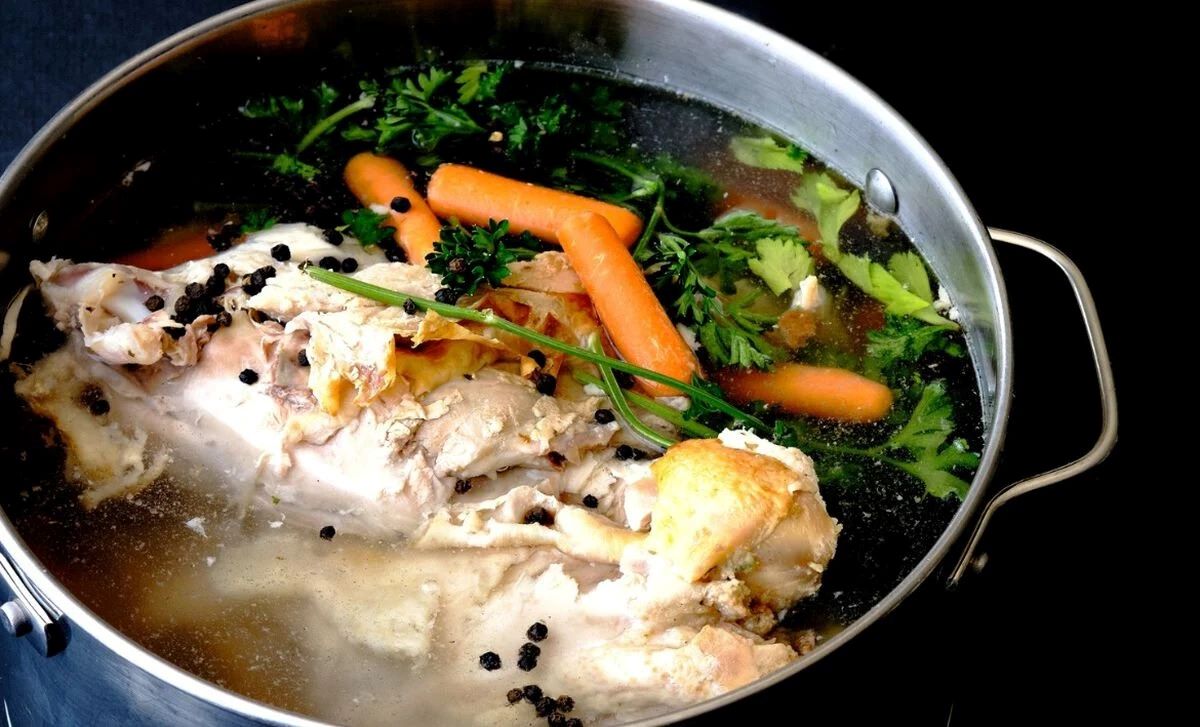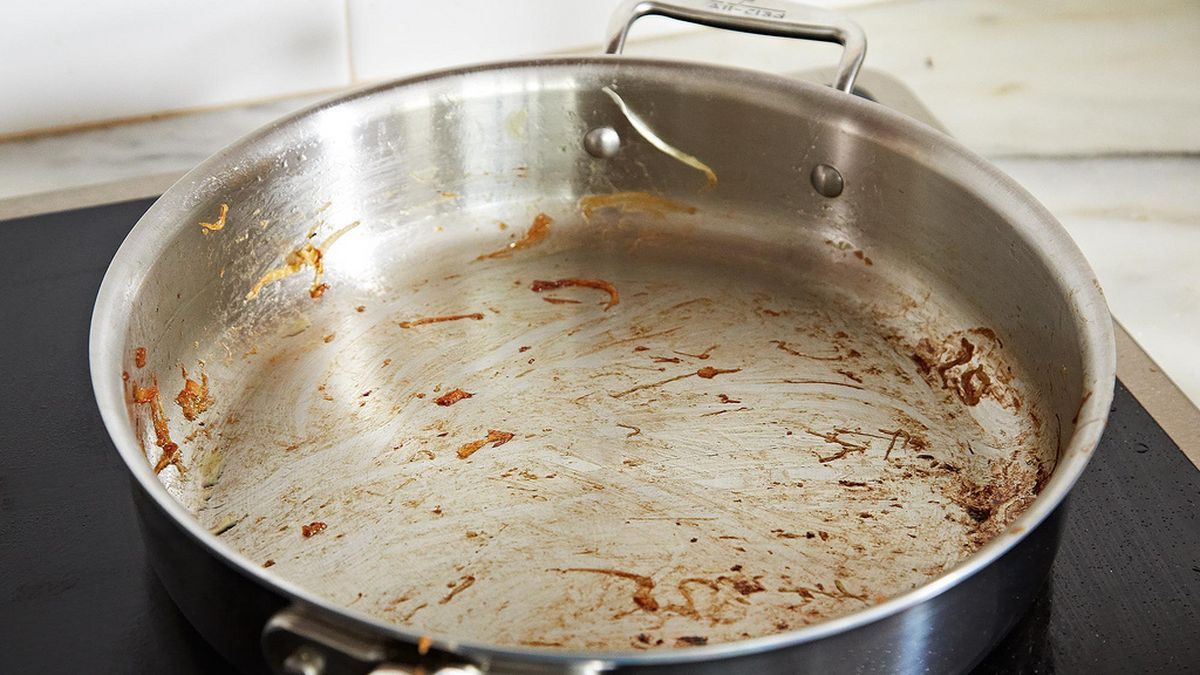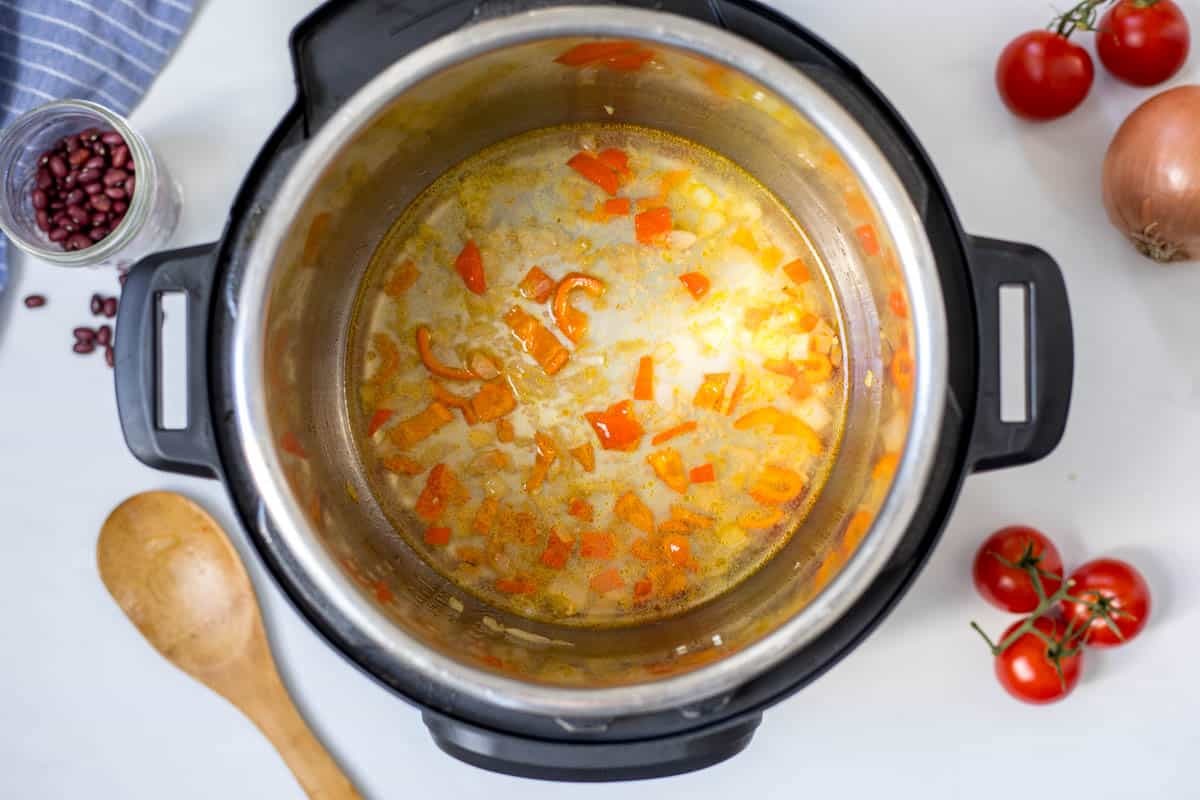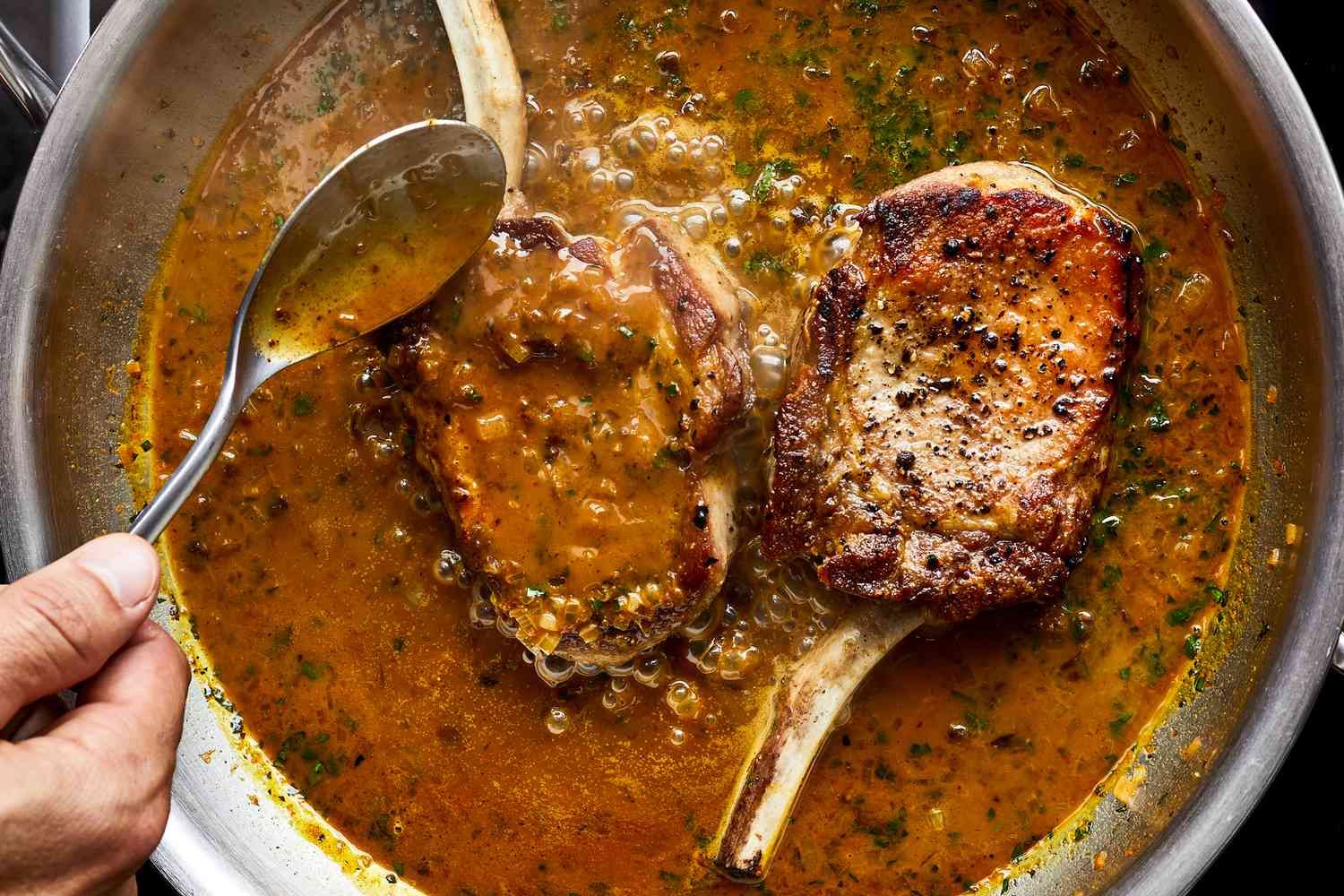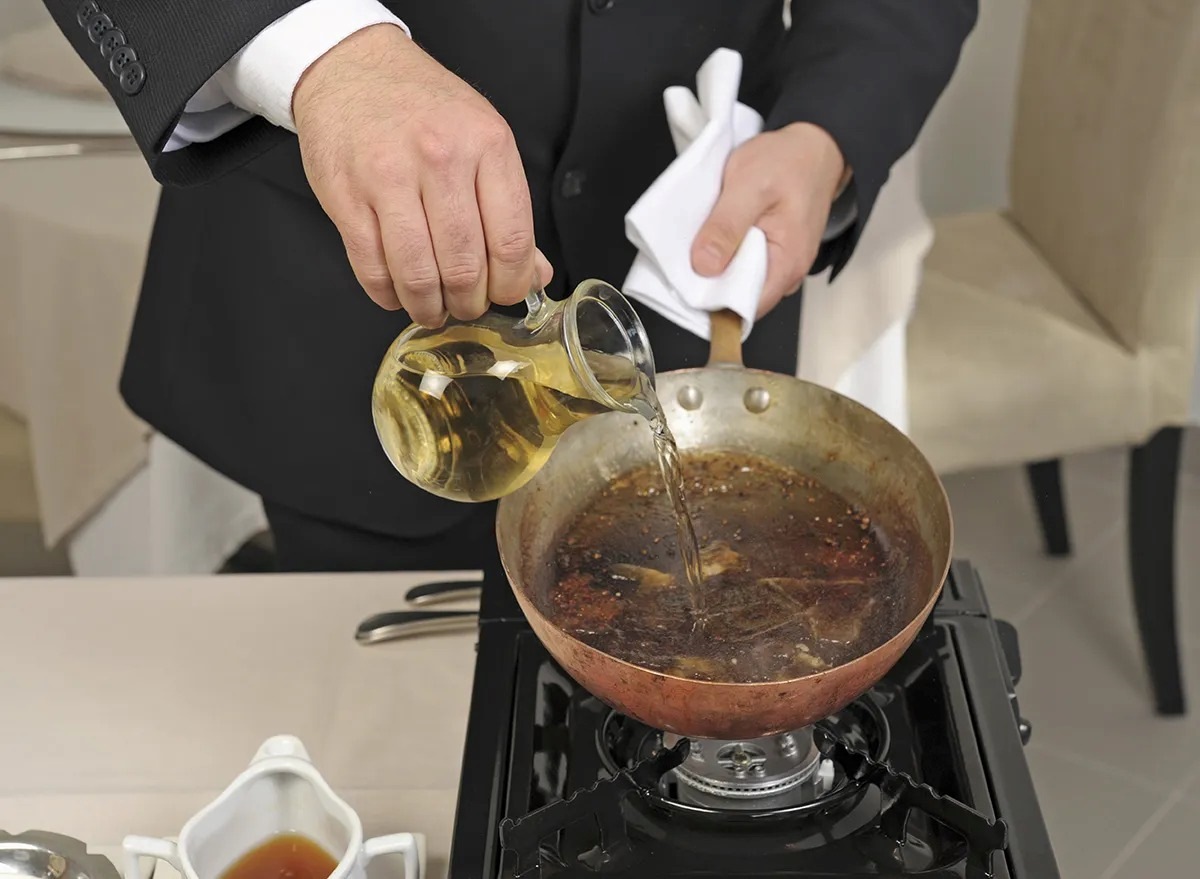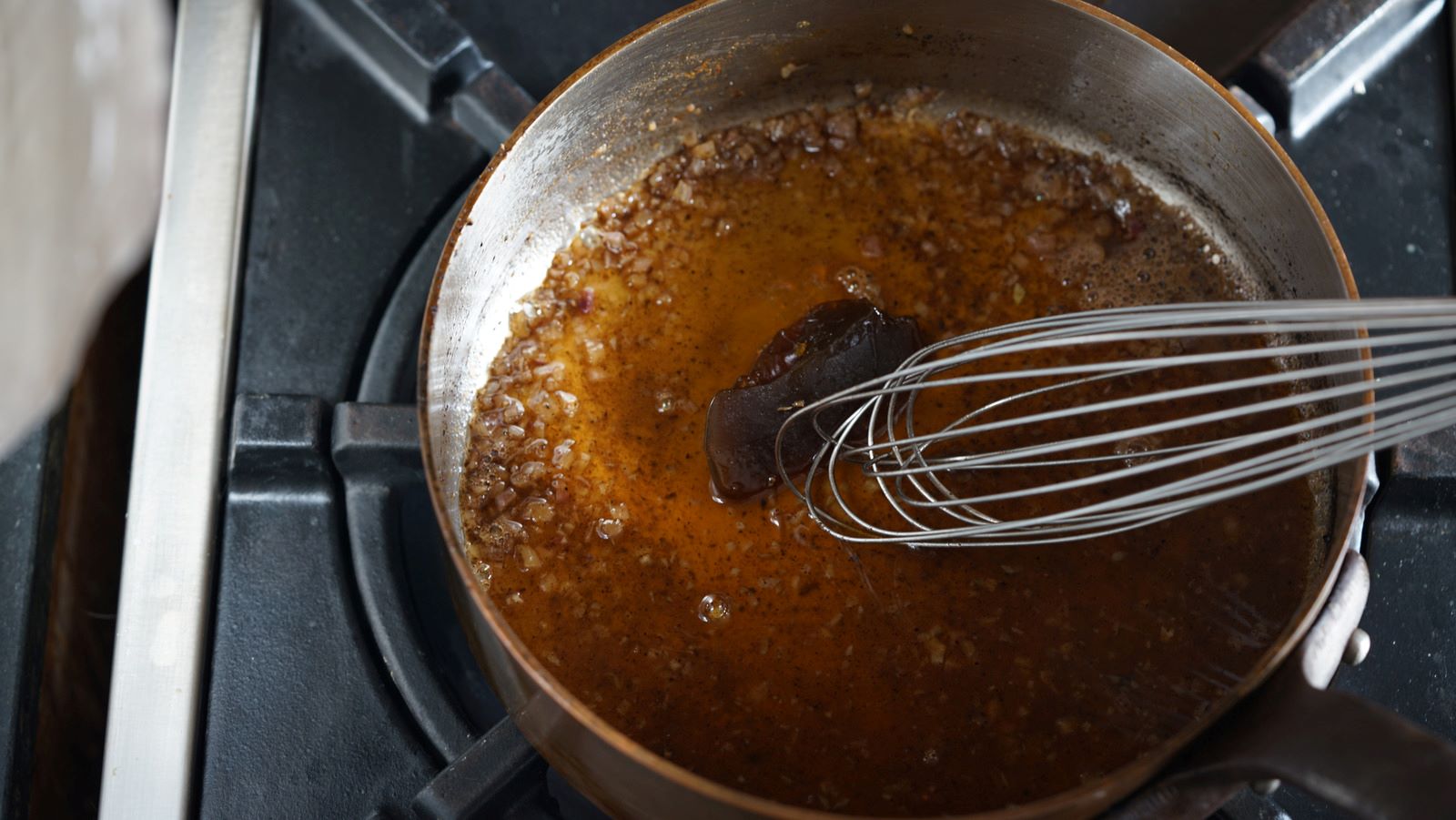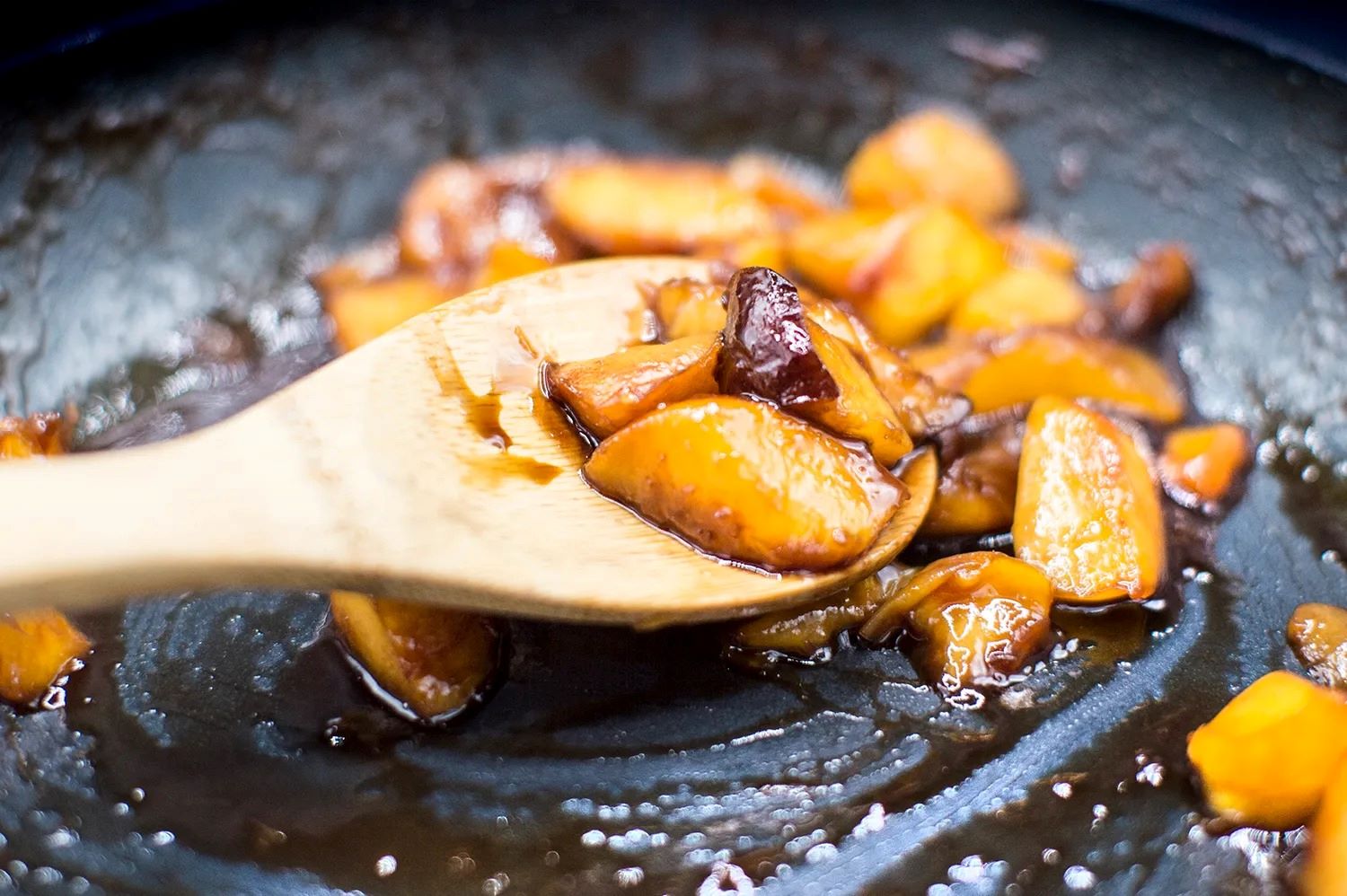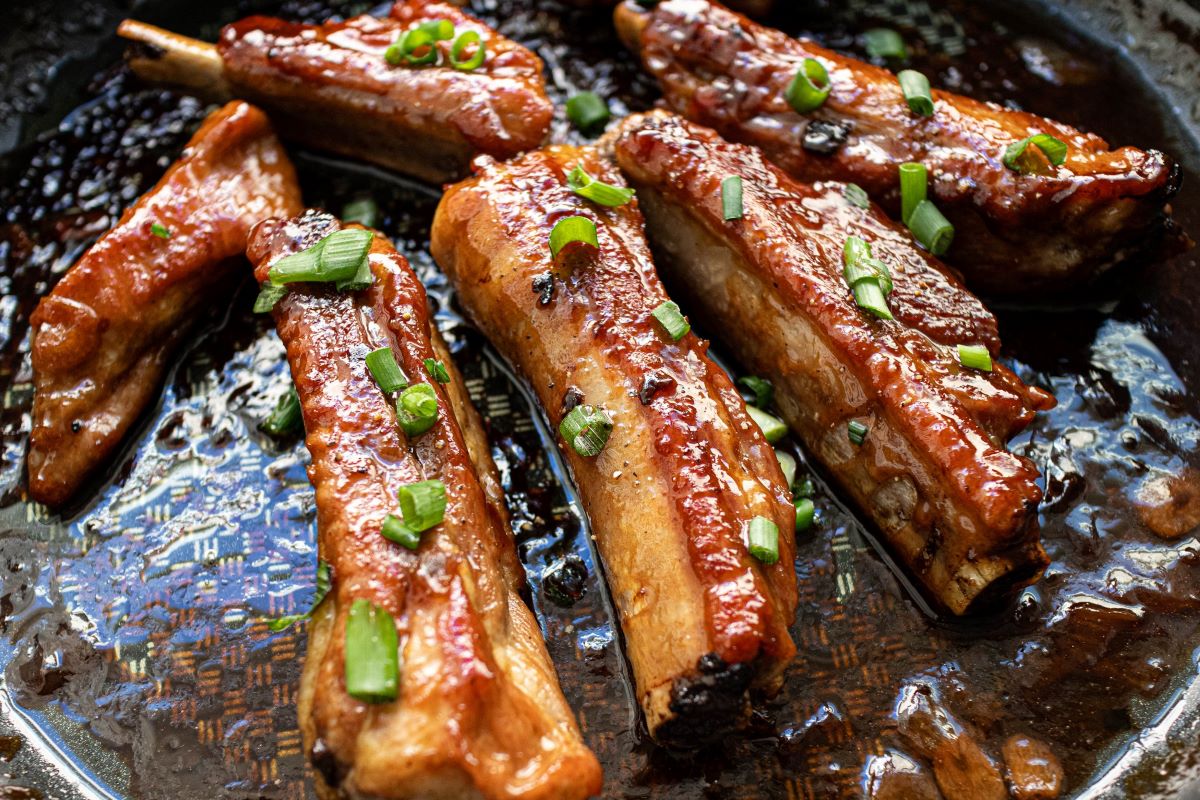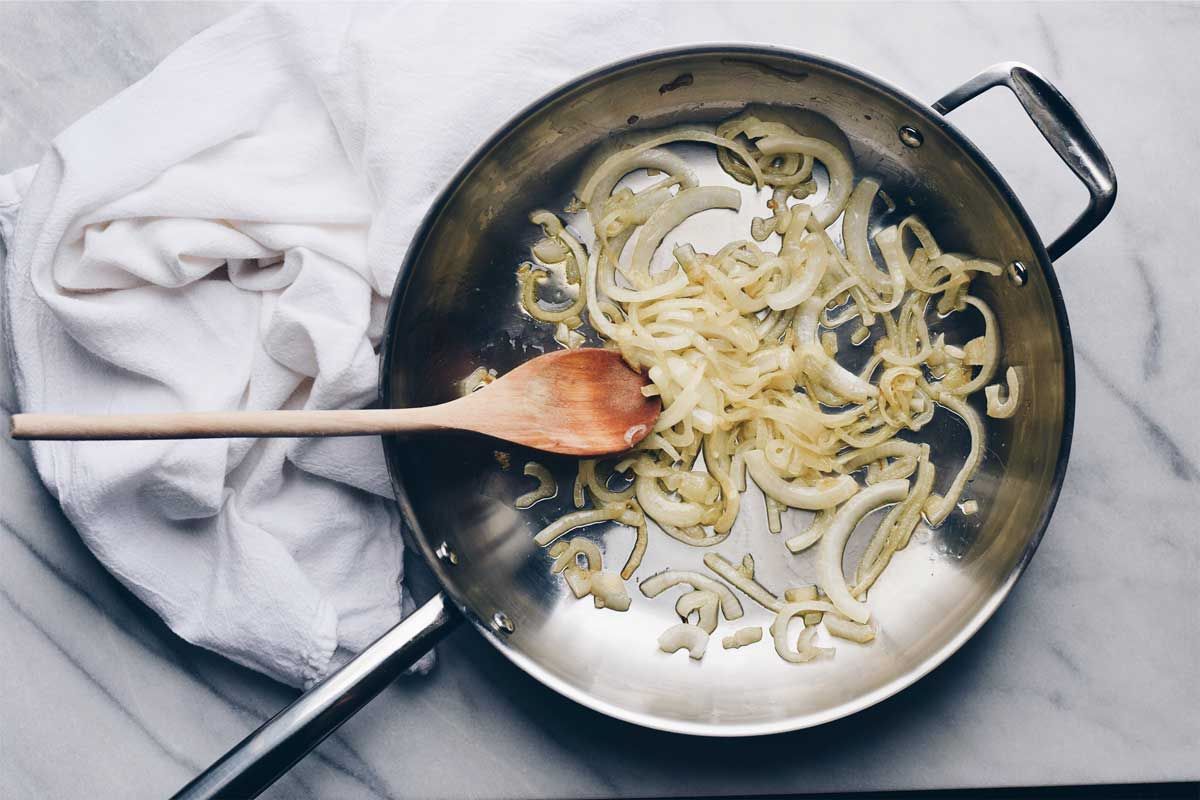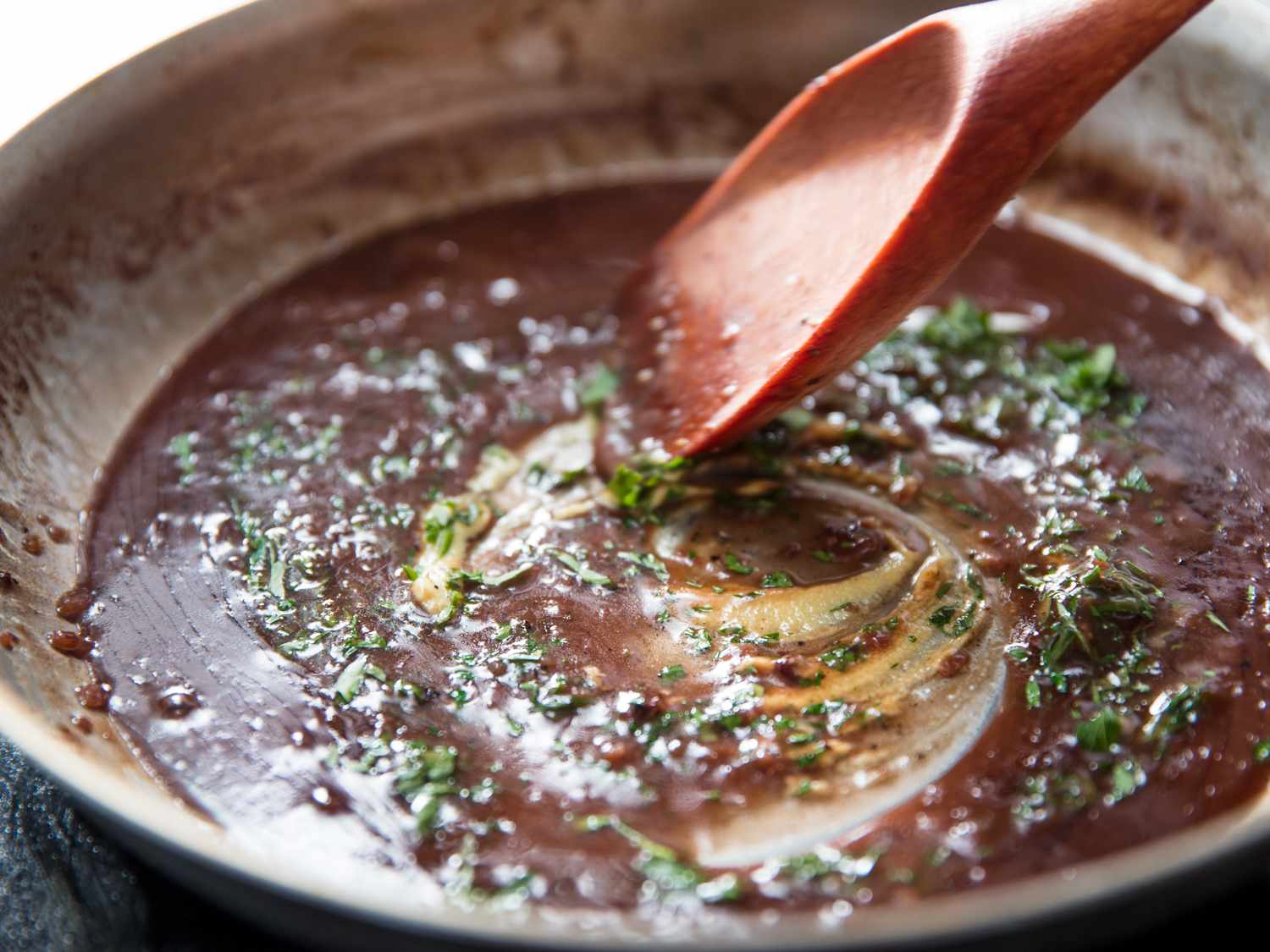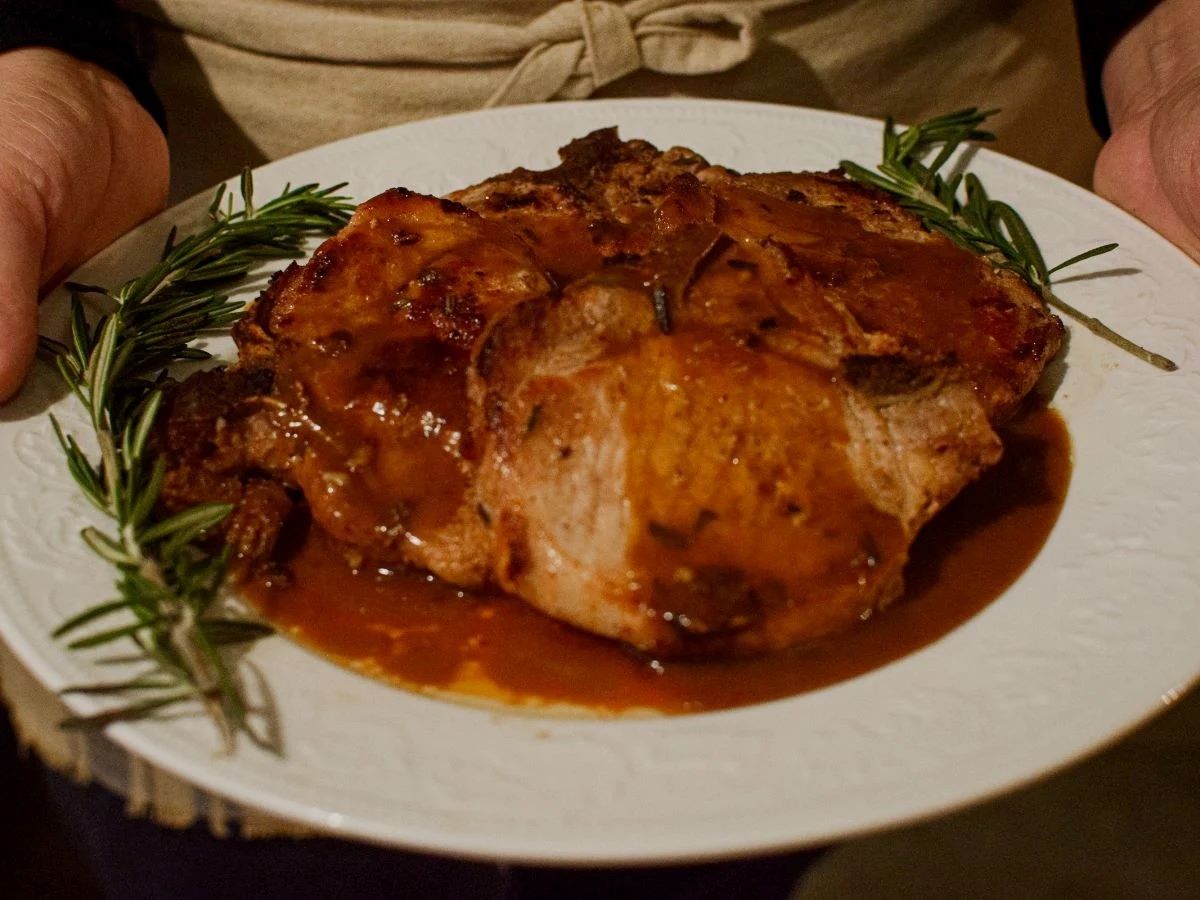Unlocking the Magic of Deglazing in Your Dutch Oven
So, you’ve just finished cooking a delicious meal in your Dutch oven, and now you’re left with a layer of flavorful browned bits stuck to the bottom of the pot. Don’t worry – that’s where deglazing comes in. This simple yet essential technique can take your dishes to the next level by incorporating those rich, caramelized flavors into sauces, soups, and stews. Let’s dive into the art of deglazing and how you can master it with your Dutch oven.
What is Deglazing?
Deglazing is the process of using a liquid, such as broth, wine, or vinegar, to loosen and dissolve the browned bits of food that are stuck to the bottom of a pan or pot after cooking. These flavorful remnants, known as fond, are a treasure trove of taste that can elevate your dishes from good to extraordinary.
Why Use a Dutch Oven for Deglazing?
A Dutch oven is an ideal vessel for deglazing due to its thick, heavy bottom, which helps distribute heat evenly and prevent burning. The wide cooking surface also allows for maximum contact between the food and the pot, resulting in more delicious fond to deglaze.
The Steps to Deglazing in Your Dutch Oven
Now that you understand the importance of deglazing, let’s walk through the steps to do it effectively in your Dutch oven:
- Cook your ingredients: After searing or sautéing your food in the Dutch oven, remove it and set it aside. You should be left with browned bits stuck to the bottom of the pot.
- Add your liquid: Pour your chosen liquid, such as broth, wine, or even just water, into the hot Dutch oven. The liquid will sizzle upon contact, which is the fond releasing from the bottom of the pot.
- Scrape the bottom: Use a wooden spoon or spatula to gently scrape the bottom of the Dutch oven, loosening the browned bits and incorporating them into the liquid. This is where the magic happens, as the flavors meld together to create a rich, savory base for your dish.
- Simmer and reduce: Allow the liquid to simmer and reduce for a few minutes, further intensifying the flavors. This concentrated mixture, known as a pan sauce, can be used to coat your main ingredients or as a base for a more complex sauce.
Benefits of Deglazing
Deglazing not only adds depth and complexity to your dishes but also helps to clean your Dutch oven. The process of loosening the fond from the bottom of the pot makes it easier to wash off, saving you time and effort in the kitchen.
Experiment with Flavors
One of the best things about deglazing is the opportunity to experiment with different liquids to create unique flavor profiles. Whether you prefer the richness of red wine, the brightness of white wine, or the tang of balsamic vinegar, the choice is yours. Don’t be afraid to get creative and tailor the deglazing process to suit your personal taste preferences.
Conclusion
Deglazing is a simple yet powerful technique that can take your cooking to new heights. With your Dutch oven as the perfect canvas for this culinary art, you can unlock a world of rich, complex flavors that will impress your family and friends. So, the next time you’re cooking with your Dutch oven, don’t forget to deglaze – it’s the secret ingredient that will make your dishes truly unforgettable.
Was this page helpful?
Read Next: How To Deglaze A Pan With Balsamic Vinegar
